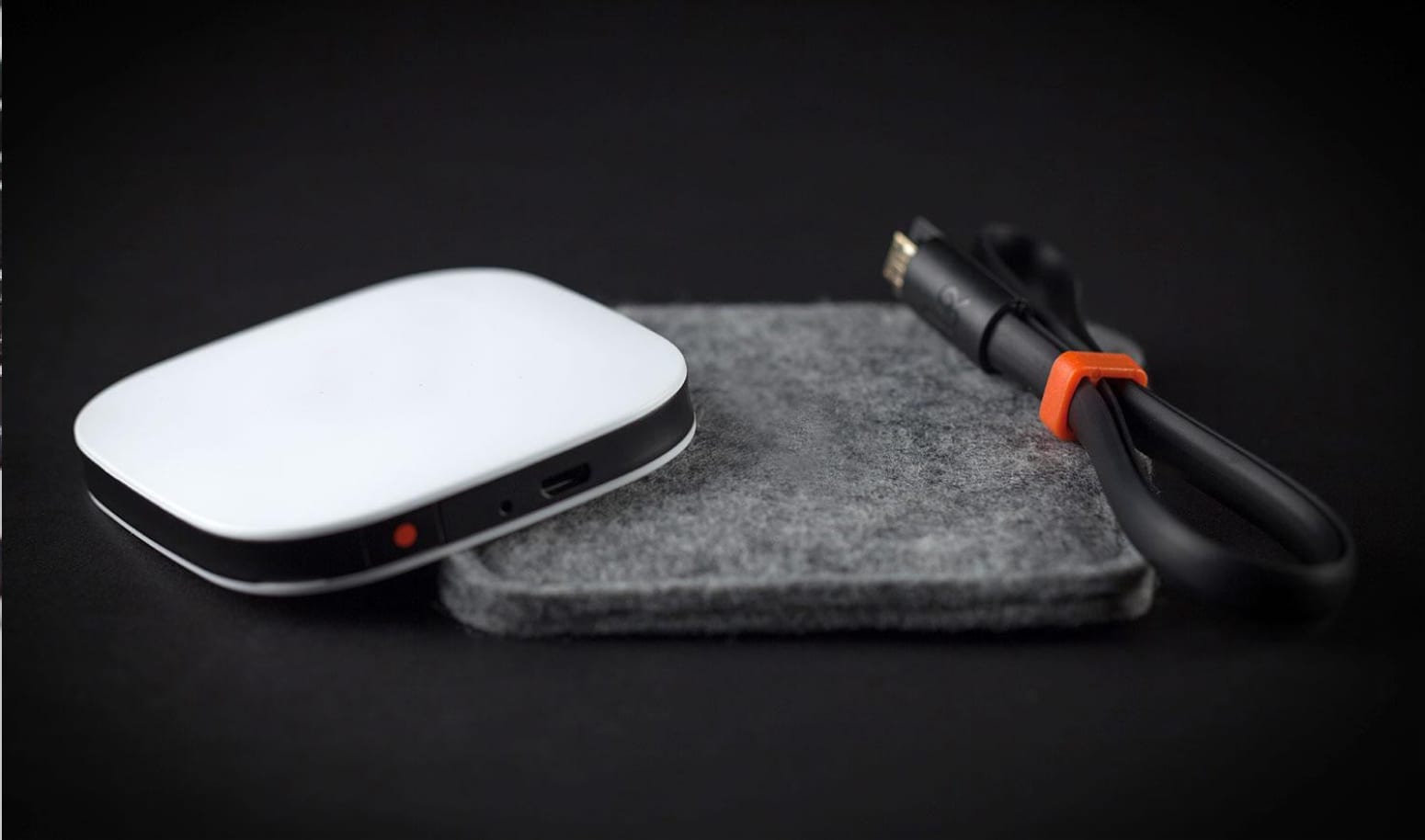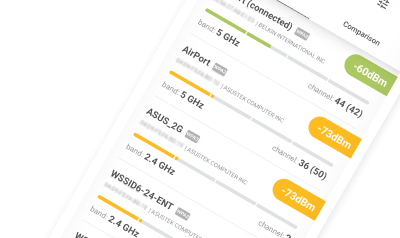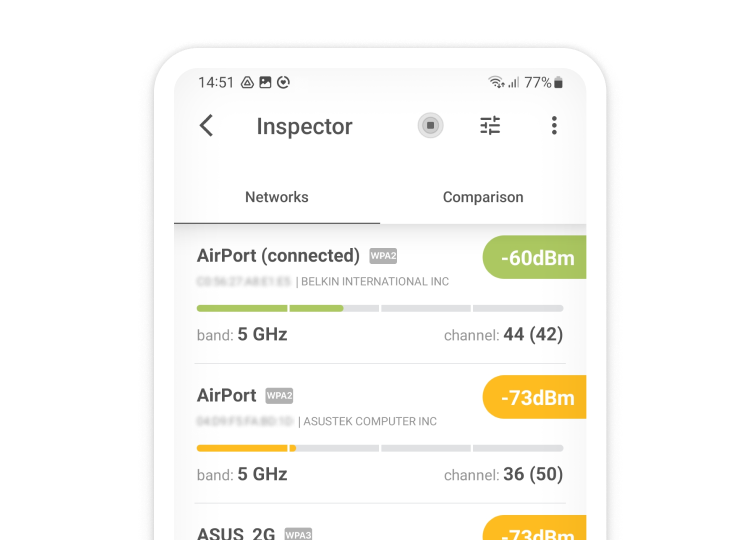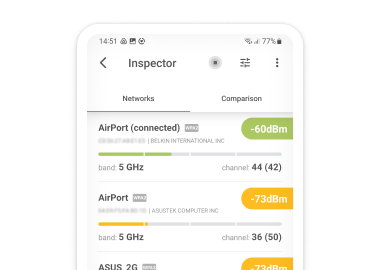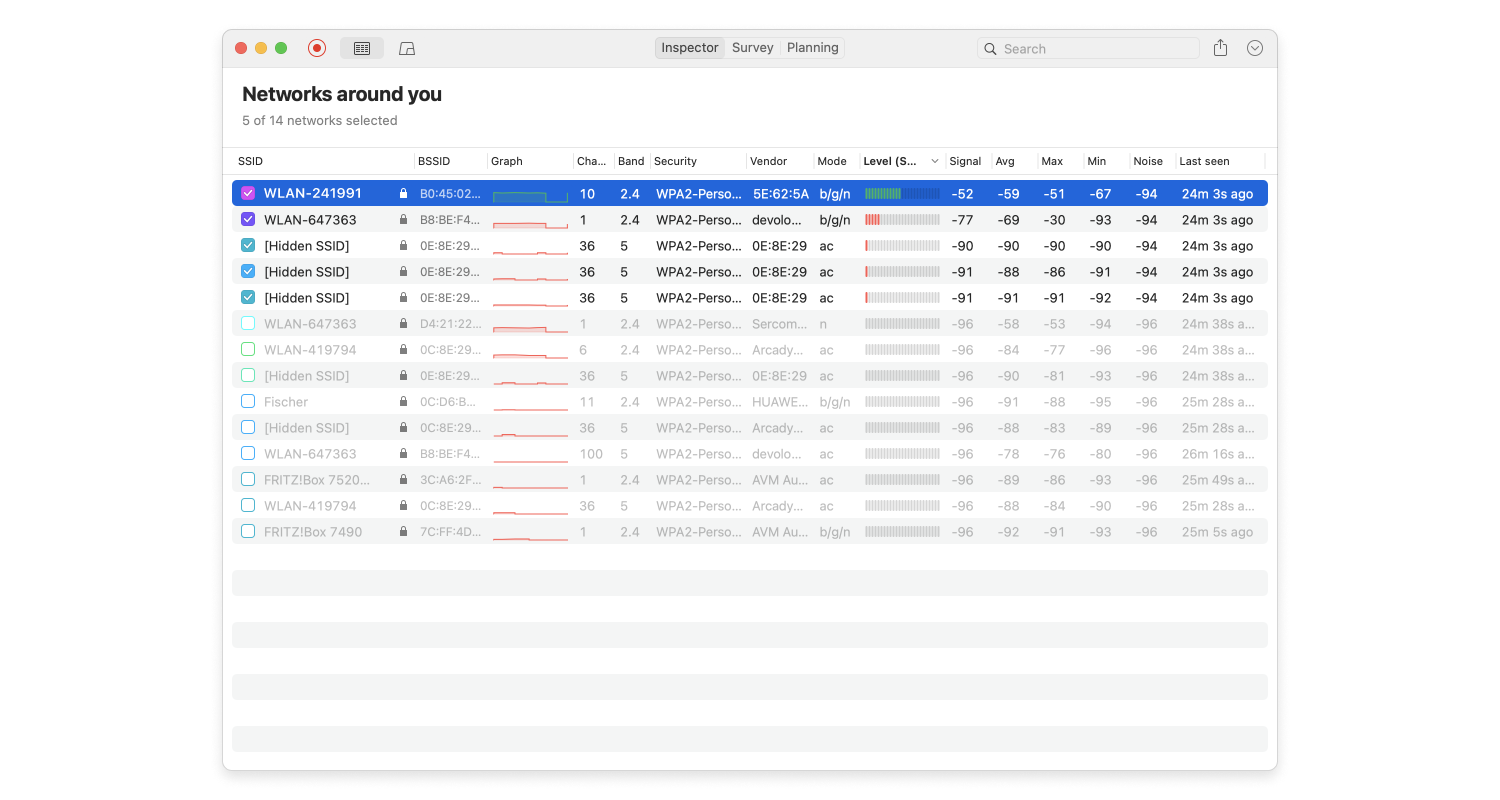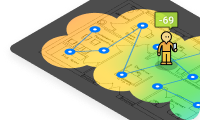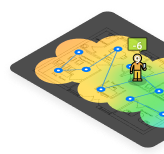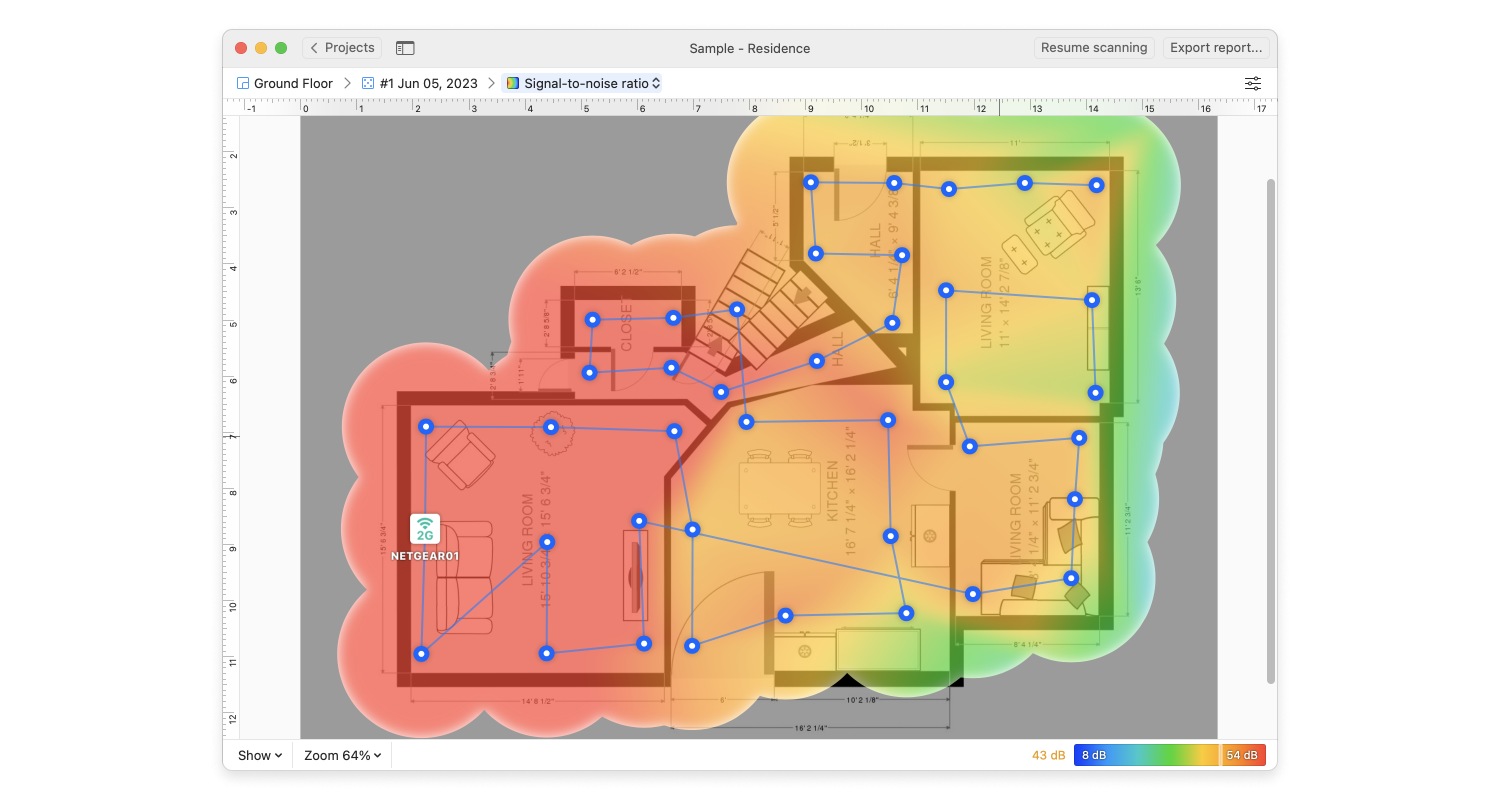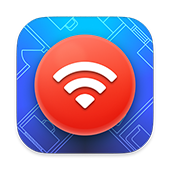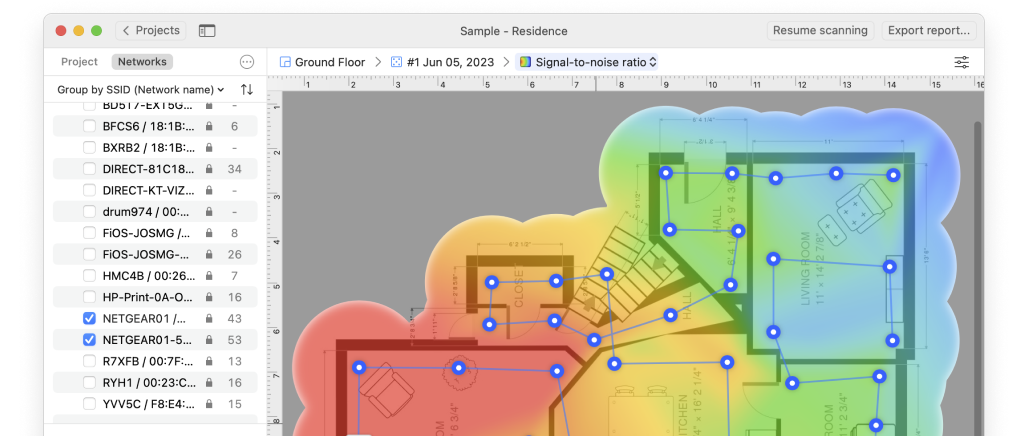In this age of portable technology, wireless access makes your computer devices truly portable. When you are on the go, you can either consume your wireless data minutes or use an available wireless device, called a wireless hotspot.
What you need to know about WiFi Hotspot
What is WiFi hotspot and what types of WiFi hotspots are available? Let us take a look.
